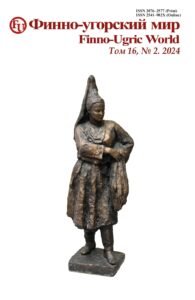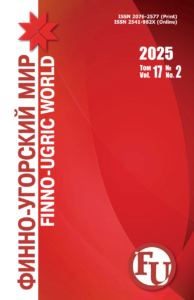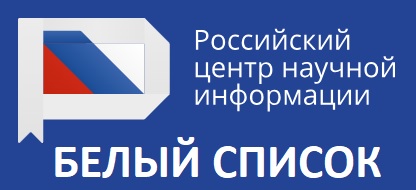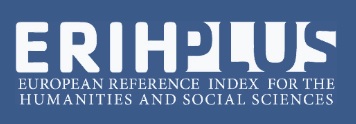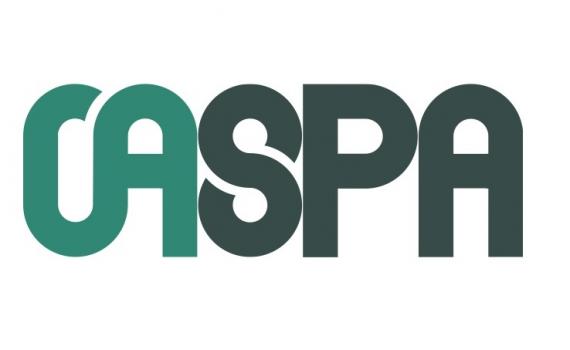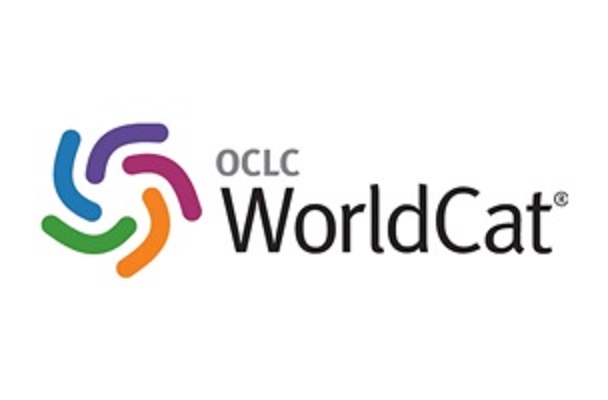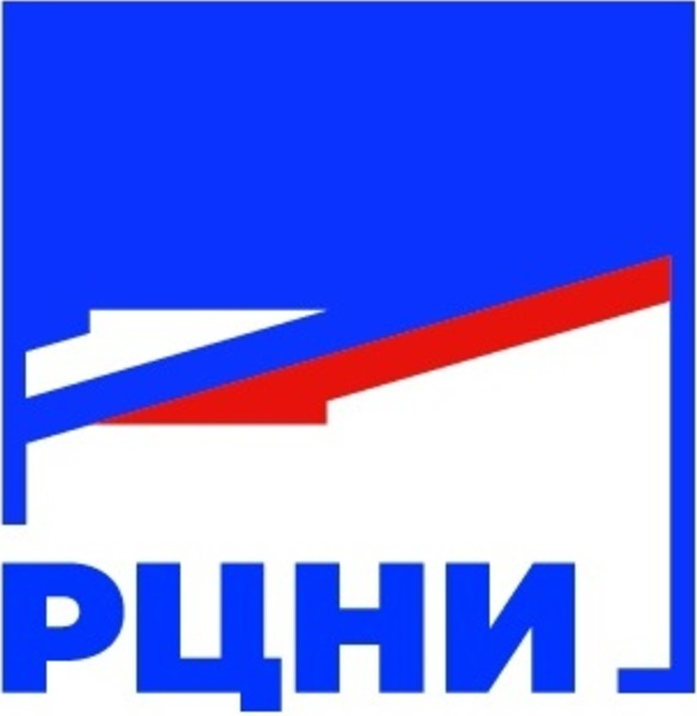Original article
doi: 10.15507/2076-2577.016.2024.02.191-202
Temnikovskaya Zaseka: Border Service and Frontier Line in the Defense System of the “Ukraine” of the Russian State in the 16th – First Third of the 18th Century
Elena P. Lezina
National Research Mordovia State University, Saransk, Russia
Introduction. The Temnikovskaya Zaseka is the least studied part of the Great Zasechnaya Line, highlighting the relevance of introducing its preserved archival descriptions into scientific circulation and analyzing the border and guard services in this area of the Mordovian region (in the interfluve of the Sura, Moksha, and Tsna rivers). The purpose of the study is to provide a comprehensive analysis of the Temnikovskaya Zaseka within the system of defense of the Russian state in the 16th–17th centuries.
Materials and Methods. The research is based on the analysis of the only known manuscript source preserved in the Central State Archive of the Republic of Mordovia, which contains a description of the Temnikov defensive line. In examining the border service in the city of Temnikov and the defensive line, the method of analyzing regulatory documents from the 16th–17th centuries, which governed this service, was employed; these documents are found in the “Acts of the Moscow State, published by the Imperial Academy of Sciences” (1890). A range of methods was used in the study: comparative-historical, logical, systemic-structural, systems analysis, and regulatory document analysis.
Results and Discussion. The scientific discourse has introduced a description of the Temnikovskaya Zaseka, highlighting its place and role within the fortified line of the Bolshaya Zasechnaya Cherta. During the study, the exact location of the Temnikovskaya Zaseka was clarified, along with the precise locations of the Nogai and Chizhikov Temnikovskaya Zasechnaya Gates. An analysis of the border and guard services in the Mordovia region was conducted, demonstrating the role of the Temnikovskaya Fortress in the organization of the protection and defense of Russian borders.
Conclusion. The study of the history of the Temnikovskaya defensive line provides a more detailed demonstration of the experience of border service and the defense system of the Russian state from the 16th to the first third of the 18th century. It illustrates the nationwide processes through the example of the defense organization of the Mordovian region, adding new nuances and creating a comprehensive picture of the development of the Russian state.
Keywords: Temnikovskaya zaseka, guard service, village service, border line, border service, fortress cities, Mordovian Region, Russian state in the XVI-XVII centuries
Conflict of interest: The author declares no conflict of interest.
For citation: Lezina E.P. Temnikovskaya Zaseka: Border Service and Frontier Line in the Defense System the “Ukraine” of the Russian State in the 16th – First Third of the 18th Century. Finno-Ugric World. 2024;16(2):191–202. https://doi.org/10.15507/2076-2577.016.2024.02.191-202
Information about the author
E. P. Lezina – Cand.Sci. (Hist.), Associate Professor, Department of Theory, History of State and Law and International Law, National Research Mordovia State University (68 Bolshevistskaya St., Saransk 430005, Russian Federation), ORCID: https://orcid.org/0000-0001-6761-4494, lezina_l@mail.ru

